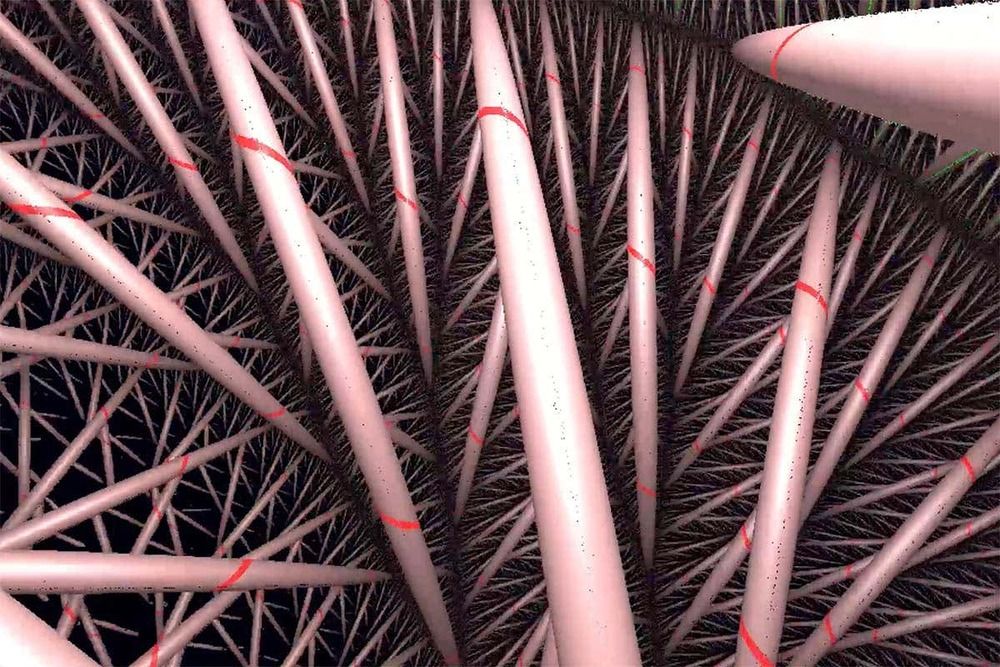This smart mirror lets you virtually try on clothes, so you can live out your greatest hi-tech dreams.
Get the latest international news and world events from around the world.

Cyber Threats To North American Power Grid Are Growing
Threats of cyber attacks on North America’s electric network systems are growing, industrial cybersecurity firm Dragos said in a new report this week.
This year, the firm has identified two groups, Magnallium and Xenotime, which are increasingly probing to compromise electric assets in North America, expanding their targeting from the oil and gas sector to include electric assets.
“This underscores the trend in threats expanding from single-vertical ICS operations to multi-vertical ICS operations we observe from adversaries targeting industrial entities,” Dragos said in its report.
Scientists create a ‘lifelike’ material that has metabolism and can self-reproduce
An innovation may lead to lifelike evolving machines.

Massive Black Hole Mystery Solved With a Stripped Helium Star
When David Poses As Goliath
Stellar black holes form when massive stars end their life in a dramatic collapse. Observations have shown that stellar black holes typically have masses of about ten times that of the Sun, in accordance with the theory of stellar evolution. Recently, a Chinese team of astronomers claimed to have discovered a black hole as massive as 70 solar masses, which, if confirmed, would severely challenge the current view of stellar evolution. The publication immediately triggered theoretical investigations as well as additional observations by other astrophysicists.
Among those to take a closer look at the object was a team of astronomers from the Universities of Erlangen-Nürnberg and Potsdam. They discovered that it may not necessarily be a black hole at all, but possibly a massive neutron star or even an ‘ordinary’ star. Their results have now been published as a highlight-paper in the renowned journal Astronomy & Astrophysics.



US Govt Warns of Attacks on Unpatched Pulse VPN Servers
The US Cybersecurity and Infrastructure Security Agency (CISA) today alerted organizations to patch their Pulse Secure VPN servers as a defense against ongoing attacks trying to exploit a known remote code execution (RCE) vulnerability.
This warning follows another alert issued by CISA in October 2019, and others coming from the National Security Agency (NSA), the Canadian Centre for Cyber Security, and UK’s National Cyber Security Center (NCSC).
Pulse Secure reported the vulnerability tracked as CVE-2019–11510 and disclosed by Orange Tsai and Meh Chang from the DEVCORE research team, and by Jake Valletta from FireEye in an April 2019 out-of-cycle advisory.


Trippy maths program could help figure out the shape of the universe
By Donna Lu
A trippy maths program that visualises the inside of strange 3D spaces could help us figure out the shape of the universe.
Henry Segerman at Oklahoma State University and his colleagues have been working to interactively map the inside of mathematical spaces known as 3-manifolds using a program called SnapPy.